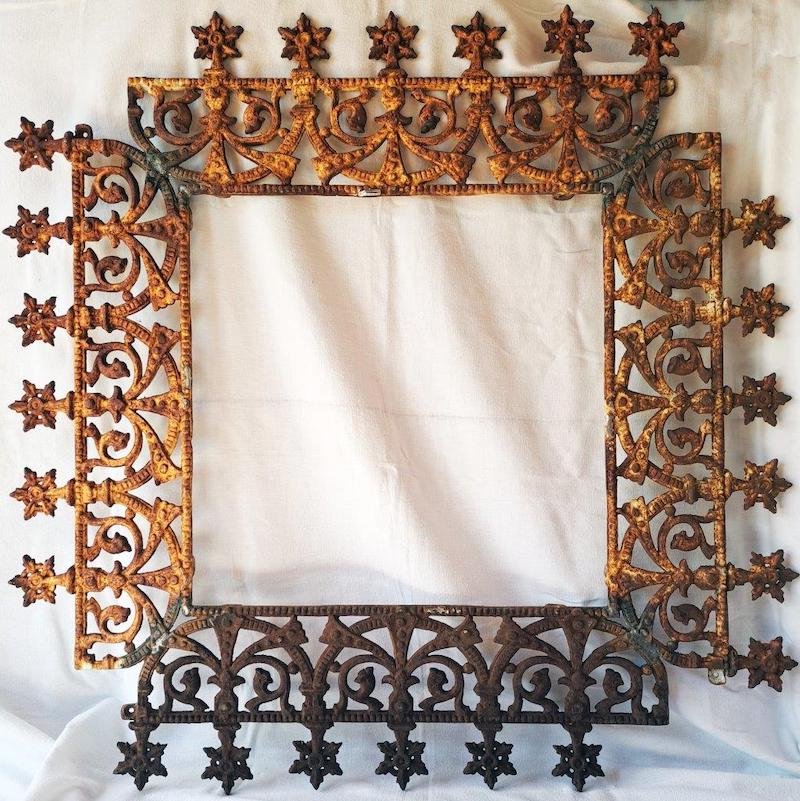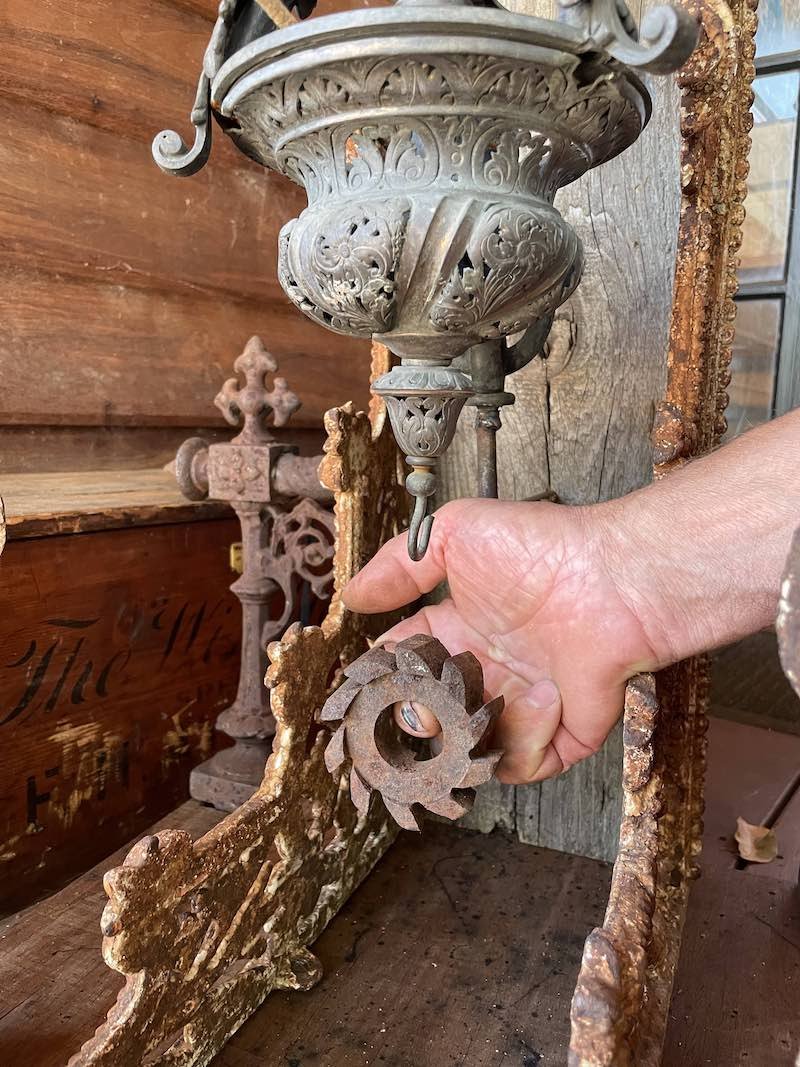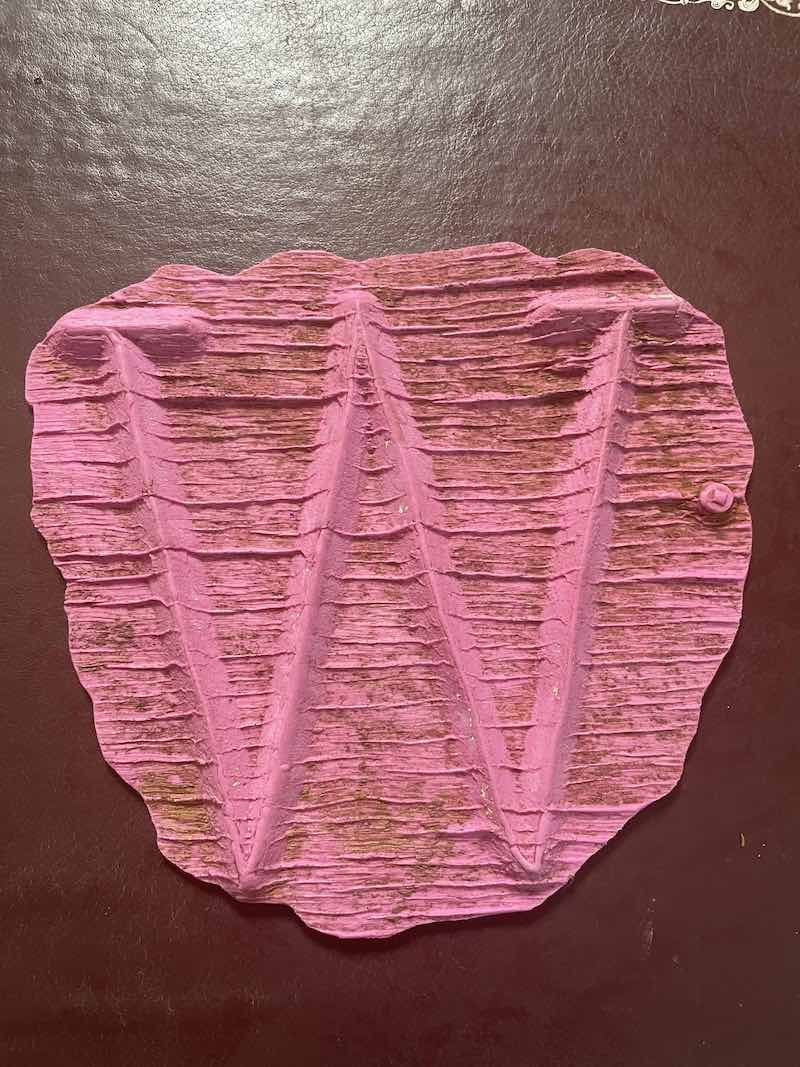Rural Utopias Residency: Jacky Cheng in Margaret River #5
Jacky Cheng is currently working with the community of Margaret River. This residency forms part of one of Spaced’s current programs, Rural Utopias.
Jacky Cheng is an artist and an art educator based in Broome, Western Australia. Cheng's work is fundamentally about identity and awareness through cultural activities and memories of home; country and relationships. Her significant concern are about correlating and weaving narratives from her native experiences whilst mapping the esoteric and social relationships of her origins and her new found home, environment and social surroundings.
Here, Jacky shares an update from Margaret River.
No rest for the wicked
The Witch and Windmill is seven years into its renovation timeline and there are still areas that Sam is working towards. The plan is to also include an artist-in-residence accommodation and studio on site for future creatives across Australia and for international partnerships. Both Sam and Nigel have a specific agenda – to be inclusive of all art forms and celebrate diversity. I am very fond of their vision and applaud them for their continuous support for Western Australian regional artists and artisans. They are keen collectors and proudly display a diverse collection.
We got right into the collaboration discussion on the day I arrived and headed straight up to The Witch and Windmill for an update of the renovation after dinner. We came across an interesting object; Sam was a little hesitant at first but both Nigel and I saw his eyes light up when he picked up the object that resembles a thurible – a metal censer suspended from chains (in which incense is burned during worship services). We are still figuring out what it might have been once. The very next day, Sam returned from his workshop in the afternoon with his mock-up sculpture, eagerly seeking feedback. I was impressed by his enthusiasm and efficiency! Yet again he denied his creativity and proceeded to shrug off any compliments and move on. We had a crit session about how he responded to the object – all very refreshing to listen to his approach and execution.
Documentation is key and I felt that I missed the opportunity to document his processes. Later in the week, I went to see him in action at his workshop and to also get some assistance on building a box frame for my work.
Found, saved, and repurpose
Aside from industrial tools, the workshop appears to be in a state of organised chaos but on the contrary; materials, tools and workstations are logical, and the workflow works. Around the back, I spotted a long stack of saved ‘cast-iron lace’ work. This architectural ornamental feature is a very familiar sight for me growing up in Malaysia. The decorative cast iron feature can be found in many historical buildings and aesthetically, British colonial architecture in Malaysia is essentially a hybrid. Under Western influence, the buildings in Malaysia sometimes look Classical, sometimes Gothic, and sometimes its appearance has the influence of oriental forms. Most of them were modified to a greater or lesser degree using local building materials and architectural traditions. I think this is where vernacular architecture plays such an important role to the identity of a built environment; discussion about sustainability and its greater influence within the social context of a place.
These ornamentals feature in many Australian buildings decorated with ‘cast-iron lace,’ in particular for single or double storey (along verandas) and was a standard feature[1] for many terrace houses, pubs, and shops from the mid-1800s into the 1900s. Sam found and saved the ‘cast-iron lace’ from salvage yards and it is waiting to be repurposed in his ongoing projects.
Nigel and Sam share a deep interest in historical objects and their sentiments. Together they fossick many interesting objects and architectural features left behind by last century’s burgeoning building industry. Nigel decided to repurpose the ‘cast-iron lace’ into a frame to house his work-in-progress (a painting – a response to Sam’s sculpture) for our collaborative project. They both delight me with surprises and continue to generate conversation about elements that were once part of a built environment.
Vernacular architecture, the simplest form of addressing human needs, is seemingly forgotten in modern architecture. Due to rise in energy costs, our building industry trend has sensibly swung the other way. More builders and architects are grasping regionalism and cultural building traditions, given that these structures have proven to be energy efficient and altogether sustainable. I think it’s fair to say that the Ecovillage in Witchcliffe is a model of the future with utopian practices and The Witch and Windmill is a reminder of why and how history matters.
Collective memories
To date, I have had discussions with long time locals, new residents, and even random people (travellers) in cafés just to get a sense of what ‘place’ means to everyone. I shall not dive too deep into individual discussions but the general consensus was about the location (surf, sun, beach), people (socially and culturally diverse), economy (winery, Margaret River Open Studios[2]). The point is, everyone makes the most of the lifestyle and collectively enjoys themselves. Last year, my walk with Wadandi Cultural Custodian Iszaac (Waalitj) Webb along the Watadjup, Rivermouth, where he shared stories of family, sand, sea, and bush tucker garden (Merenj Boodja) grounded me on what placemaking means – a collaborative intention or process by which we collectively shape our living spaces and help enhance our lives, interactions and experiences. What is The Witch and Windmill in Witchcliffe to become in the next 2, 5, 10 years?
My contribution to this project in our collaborative effort draws on the intention of architecture as a spectacle and the role that architecture can play in orienting the viewer’s experience of a work of art. I am very drawn to the memory of built environment and how textures and tactile identity draws out historical conversation. I have been collecting surface impressions attending to the notion of traces of living. The process involves a series of texture mapping focussing on materiality, tactility, historical references and the memory of a texture for various individuals. I am interested in capturing features and elements in The Witch and Windmill in a state of transition because they are always, by necessity, in flux.
More to talk about in the blog #6 where we reveal our work-in-progress collectively as a team. Stay tuned!
[1] L,Miles. "Ornamental Cast Iron" (PDF). Miles Lewis Australian Building.
[2] The biggest event of its kind in Western Australia and recently proved a major drawcard to the regions after winning Gold in the Festivals and Events Category of the 5oth WA Tourism Awards. https://www.mrropenstudios.com.au/
Images:
Iron lace frame for Nigel’s final work. Assembled and welded together by Sam.
Sam’s intuitive assemblage of used/found materials for his sculptural piece.
Sam operating the drop saw in his workshop.
A silicone impression of the letter ‘W’ from the old Wallcliffe wooden sign at The Witch & Windmill building.






